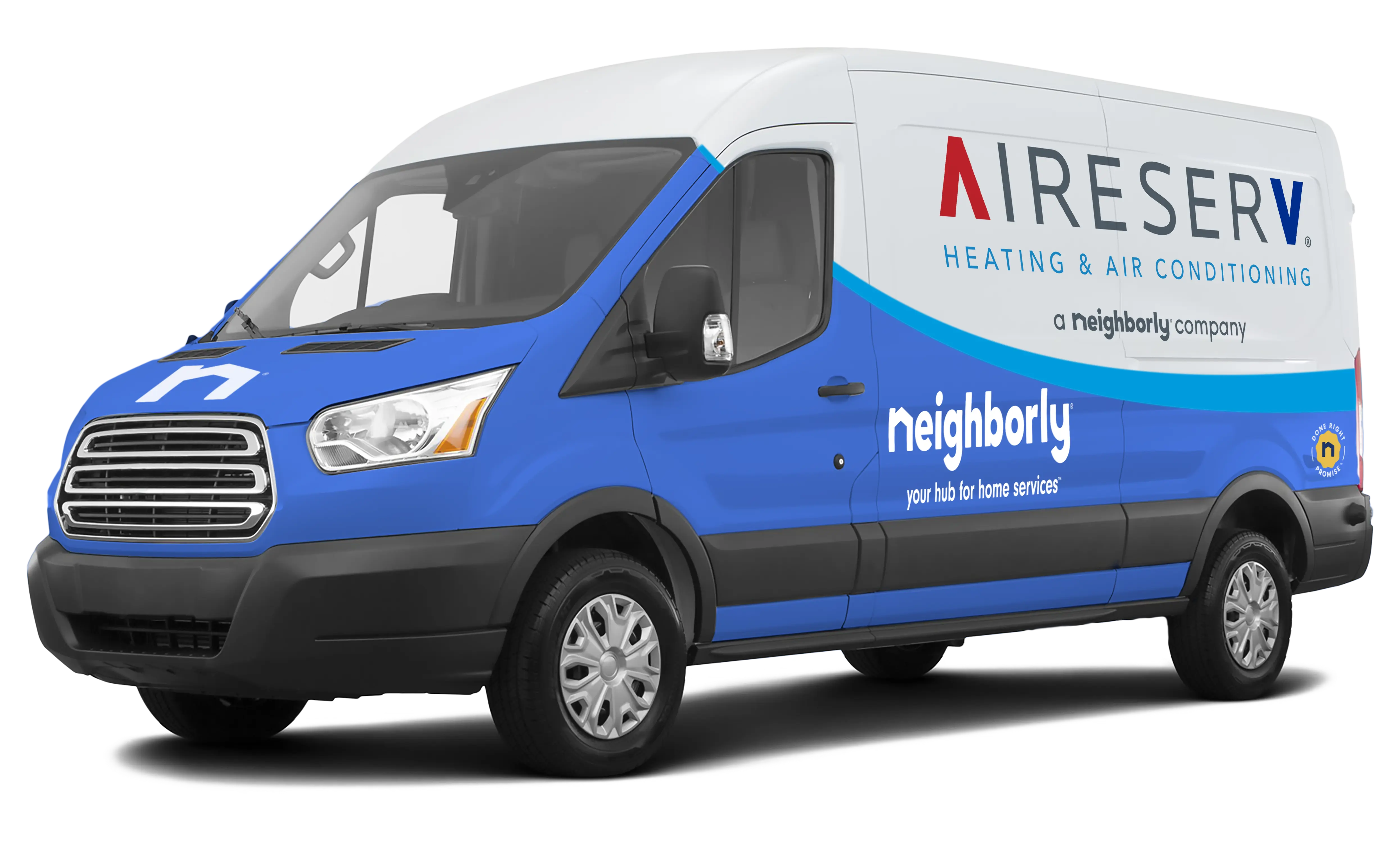As temperatures drop in Northeast Ohio, homeowners rely on their HVAC systems to keep homes warm and comfortable. Proper preparation now can prevent breakdowns, improve efficiency, and extend the life of your heating system.
This guide provides practical steps to get your HVAC system ready for winter, ensuring your home stays cozy all season long.
1. Schedule a Professional Heating Inspection
Before winter fully sets in, a professional inspection is essential:
- Inspect furnaces, heat pumps, and boilers for proper operation.
- Check thermostats, sensors, and electrical connections for accuracy and safety.
- Clean or replace filters, burners, and coils to maintain efficiency.
A proactive inspection helps identify small issues before they escalate into costly repairs during peak heating months.
2. Seal and Insulate Your Home
Efficient heating begins with retaining warmth:
- Inspect doors, windows, and attic spaces for leaks.
- Add weatherstripping, caulking, or insulation where needed.
- Ensure ducts are properly sealed and insulated to prevent heat loss.
Sealing and insulating keeps your home warmer, reduces energy costs, and minimizes stress on your HVAC system.
3. Test Your Thermostat and Controls
Winter comfort depends on accurate temperature control:
- Test programmable or smart thermostats to ensure schedules match occupancy and comfort preferences.
- Calibrate temperature settings for consistent heating throughout the home.
- Consider a backup thermostat or battery replacement if needed.
Proper thermostat management reduces energy waste and ensures reliable indoor comfort.
4. Inspect the Outdoor Components
For homes with heat pumps or split systems, outdoor units still require attention:
- Clear leaves, snow, or debris from around the unit.
- Ensure the unit is level to avoid stress on the compressor.
- Check for damage from fall storms and schedule repairs if necessary.
Outdoor maintenance ensures your system performs reliably even in cold, inclement weather.
5. Maintain Humidity Levels
Cold winter air can be dry, affecting comfort and health:
- Use humidifiers to maintain indoor humidity around 40–50%.
- Avoid excessive moisture that can lead to condensation or mold growth.
- Monitor basements and crawl spaces for dampness, which can affect air quality.
Balanced humidity improves comfort, protects furnishings, and reduces static electricity.
6. Prepare for Energy Efficiency
Winter is a peak energy period, and efficiency matters:
- Close blinds and drapes at night to retain heat.
- Use ceiling fans on low reverse mode to circulate warm air.
- Keep vents and registers unobstructed to maximize airflow.
Energy-conscious habits help reduce bills while keeping your home cozy and comfortable.
7. Plan for Emergency Situations
Cold snaps can sometimes lead to HVAC emergencies:
- Keep contact information for a reliable HVAC service handy.
- Know the location of circuit breakers and emergency shutoffs.
- Consider scheduling a winter maintenance plan with your service provider for priority support.
Preparation reduces stress and ensures you stay warm even during unexpected events.
Final Thoughts
Winter in Northeast Ohio demands a well-prepared HVAC system. By scheduling inspections, sealing your home, testing thermostats, maintaining outdoor components, balancing humidity, optimizing efficiency, and planning for emergencies, homeowners can enjoy consistent comfort, lower energy bills, and reliable heating all season long.
Proactive winter preparation safeguards your HVAC investment and ensures your home remains a warm, comfortable refuge during the cold months ahead.

